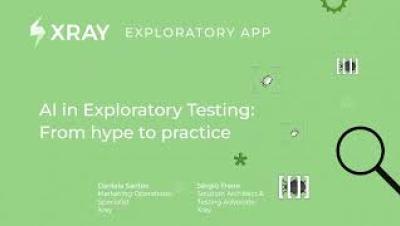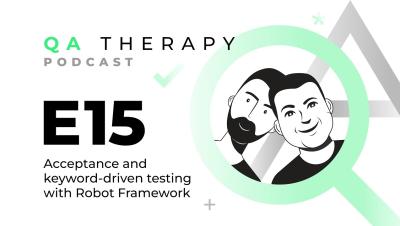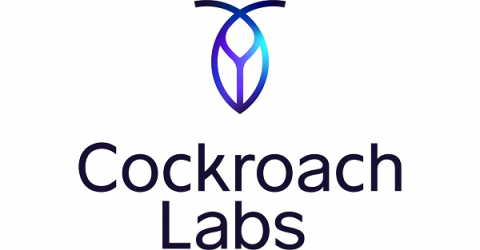S1.E21: Automated atomic testing | QA Therapy Podcast
In this episode, we're joined by Nikolay Advolodkin, our guest QA Therapist, to help us address symptoms like automated tests dragging on and plagued by instability, resulting in flaky executions. Did you know that with Xray, you can seamlessly adopt the atomic testing approach? By linking these tests to requirements and bringing visibility to the entire team, Xray empowers you to ensure alignment between tests and requirements while enhancing collaboration and transparency.











